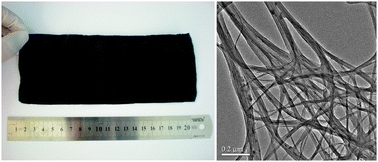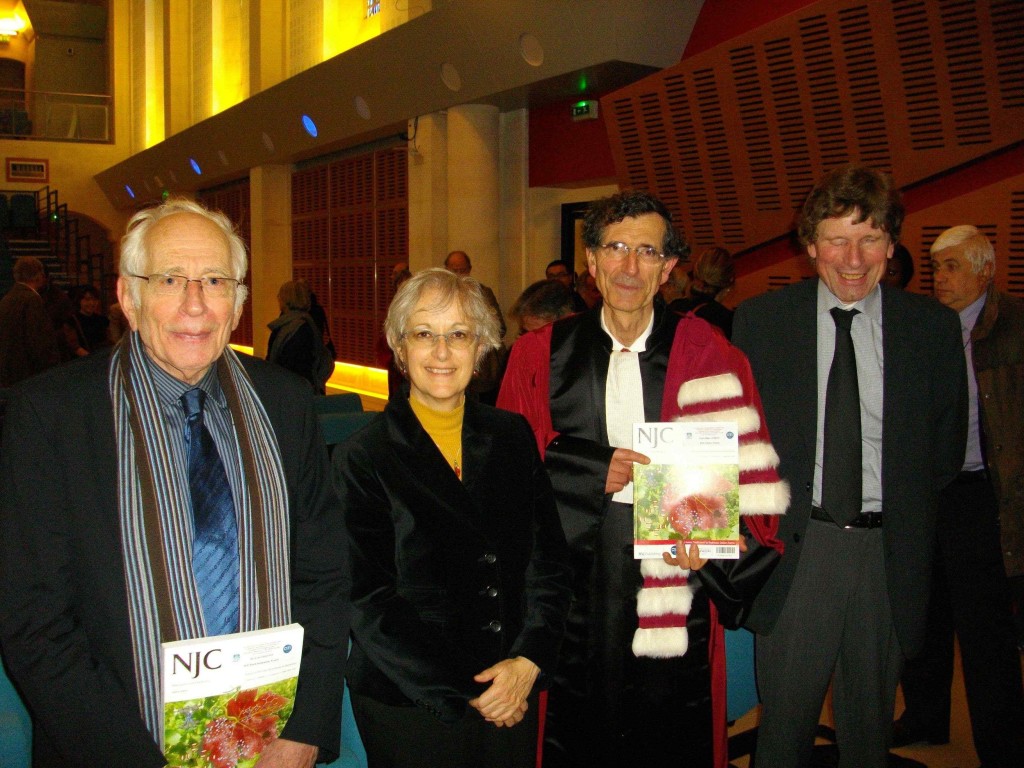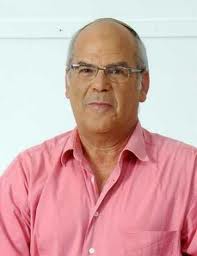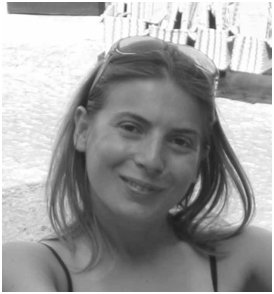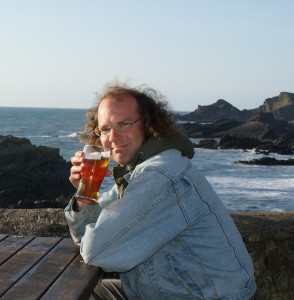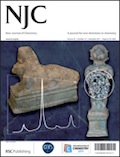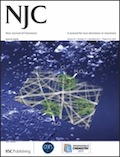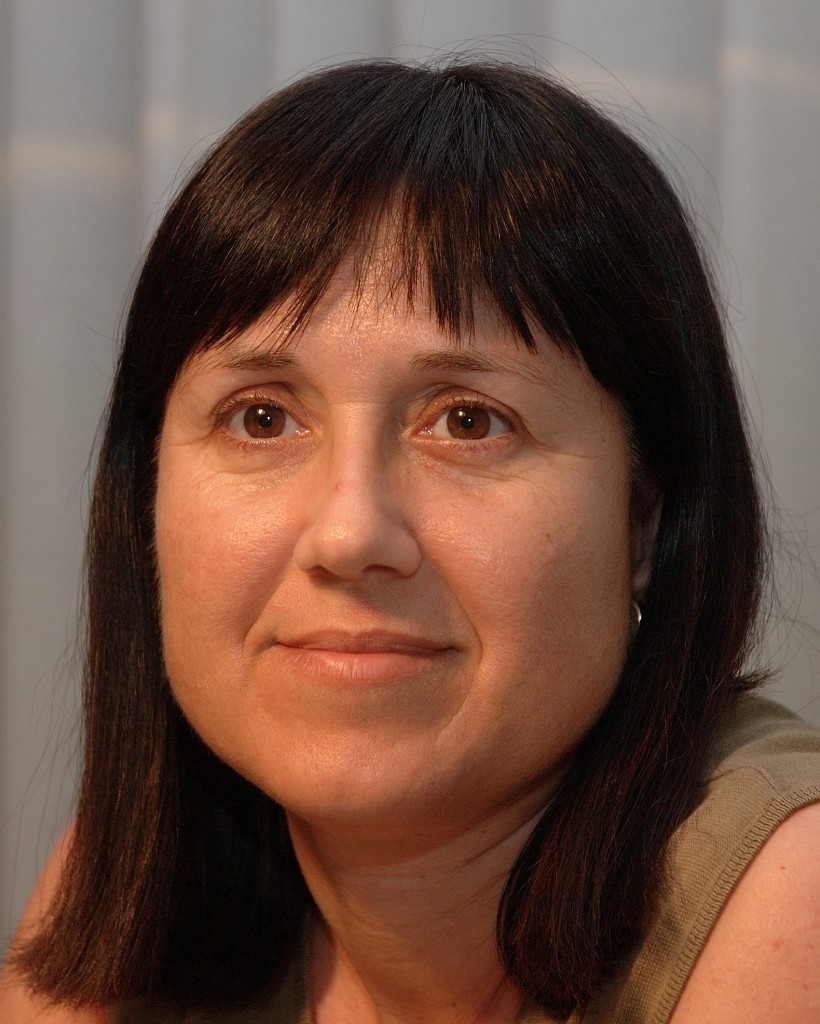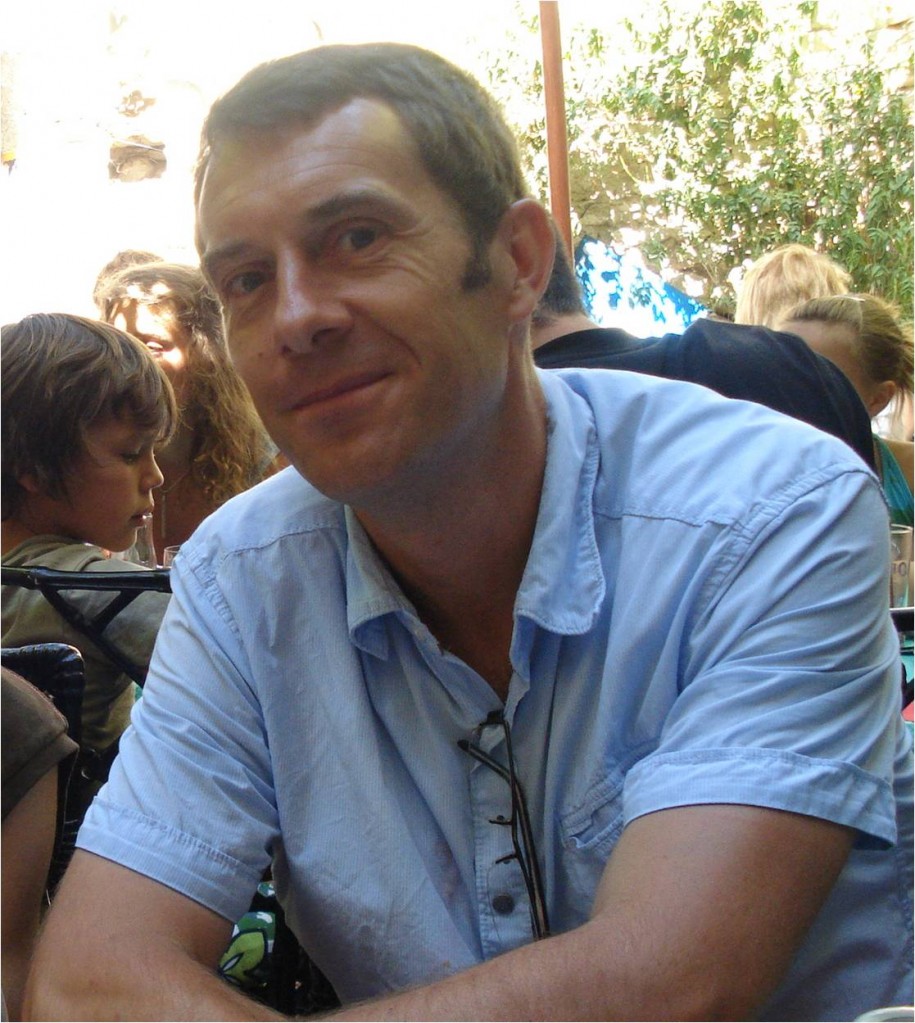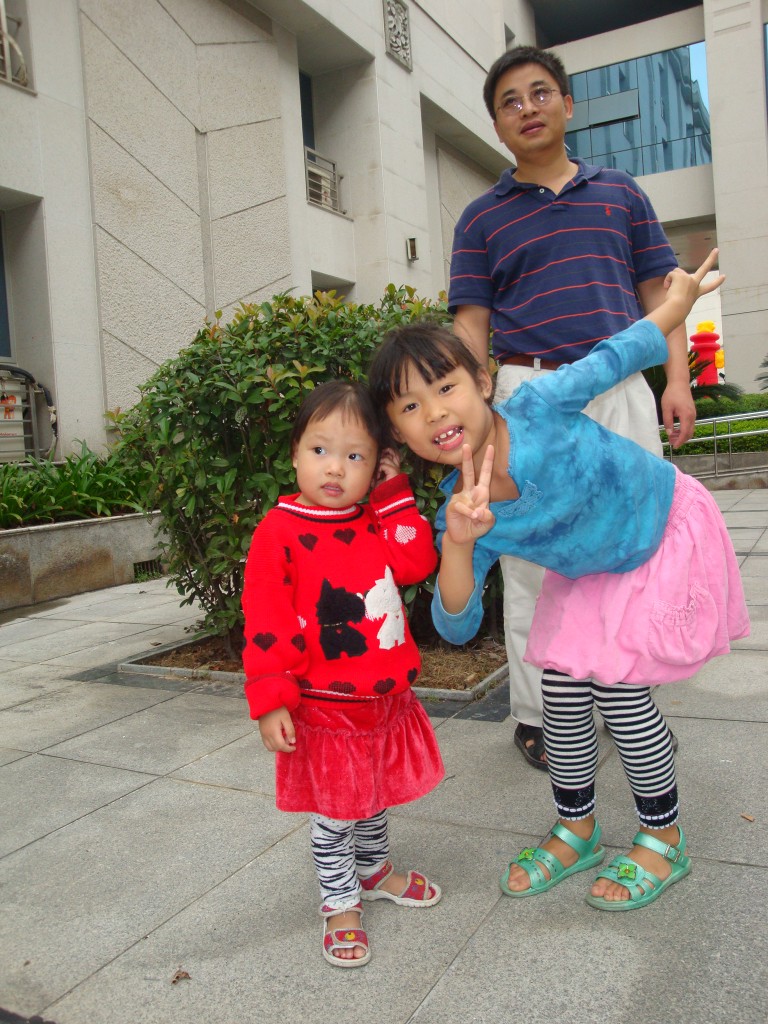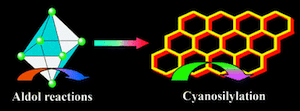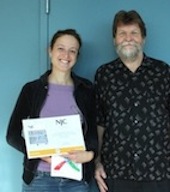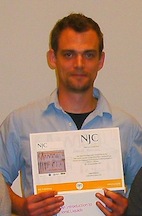Check out NJC’s latest Hot Articles now available as Advance Articles on the web:
Dithiolene complexes as metallo-ligands
In this NJC Hot article Formigué and co-workers (research collaboration within France, Italy and Poland) describe the synthesis and behaviour of complexes between Ni(II) ion and crown ethers incorporating a dithiolene coordination motif. A nickel dithiolene complex substituted with crown ether cyclic moieties incorporating four O atoms, abbreviated as [Ni(S2O4)2]1,0, is isolated in its radical anionic (as Na+ salt) and neutral forms.
The results presented in this paper show that dithiolene complexes substituted with crown ether moieties, can be used as metallo-ligands toward 3d magnetic metal cations for the elaboration of more complex magnetic systems. This work opens new perspectives to the preparation of more complex magnetic structures applying a trivalent metal cations such as rare-earth cations as well as smaller crown-ether moieties.
Dithiolene complexes as metallo-ligands: a crown-ether approach by Alessia Famengo, Dalice Pinero, Olivier Jeannin, Thierry Guizouarn, Lidia Piekara-Sady and Marc Fourmigué; New J. Chem., 2012, Advance Article; DOI: 10.1039/C1NJ20870E, Paper
Purification of double-walled carbon nanotube macro-films
The authors of the next NJC Hot article, J. N. Wang and co-workers (China) present a new, interesting concept for macroscopic carbon nanotube films purification. They use thermal reduction using NH4Cl as reducing agent and gas-phase sublimation instead of liquid-phase purification with acids.
The most important advantage of this method over previous oxidation in acid is that nanotubes do not come into contact with potentially damaging acids, and thus the morphology and integrity of the macroscopic film are maintained.
Purification of double-walled carbon nanotube macro-films by Yun Chen, Shi Qing Xu and Jian Nong Wang; New J. Chem., 2012, Advance Article, DOI: 10.1039/C1NJ20866G, Letter
Glycodendrimers as functional antigens and antitumor vaccines
In this NJC Perspective article, Roy and Shiao (University of Montreal, Quebec, Canada) give an excellent and timely overview of the application of glycodendrimers in the field of actively pursued vaccine candidates against tumor associated carbohydrate antigens.
This perspective is composed of two parts, one describing the present state of the art of glycodendrimers, and another one presented all recent advances in glycoderived cancer vaccine. This article is part of the themed issue Dendrimers II, guest-edited by Jean-Pierre Majoral, to be out in the February issue of NJC.
Glycodendrimers as functional antigens and antitumor vaccines by Tze Chieh Shiao and René Roy; New J. Chem., 2012, Advance Article; DOI: 10.1039/C2NJ20873C; Perspective.
Interested in reading further? Why not read by accessing the full article now! This “Hot article” will be free to access for a period of 4 weeks.
If you have some of your own exciting, high impact research to publish then consider submitting your manuscript to NJC, via our online submission system.



